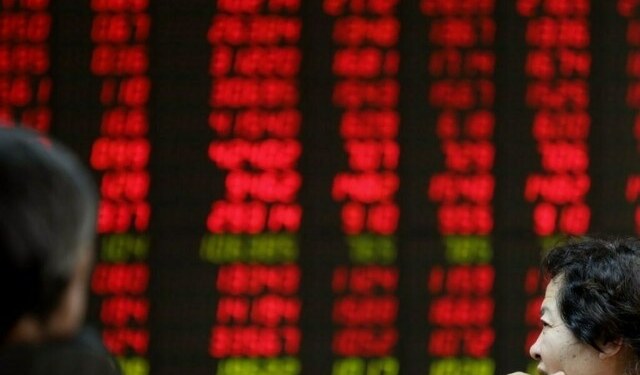Rubber futures and physical rubber markets in Asia moved downwards throughout the week in the wake of weak market sentiments whereas most global stock markets stayed in an upward trend, and the Japanese yen weakened against the U.S. dollar during the week.
For the first seven months of this year, auto sales in the U.S. rose 5.01% to 9,594,012 units comparing to the same period of last year, said Autodata Corp. Auto sales in China also was up 8.16% to 13,301,219 units, reported by the China Association of Automobile Manufacturers. In the Eurozone and Japan, auto sales edged up by 4.28% to 4,710,552 units and by 10.85% to 3,005,809 units, according to Reuters Newswires.
In the natural rubber (NR) production front, NR production in nine member countries of the Association of Natural Rubber Producing Countries (ANRPC) in the first half of 2014, which produced around 92% of global NR production, decreased 79,800 tons or 1.6% to 4.841 million tons comparing with the first half of last year as rubber farmers abandoned rubber tapping caused by very low NR prices. IRCo analyses that NR production in ANRPC member countries will decrease around 3.0% to 6.055 million tons in the second half of the year.
Furthermore, rubber stocks in Qingdao’s bonded warehouses fell from 304,300 tons as of 15 January 2014 to 248,600 tons as of 15 August 2014 or down 55,700 tons or 18.3%. Rubber stocks monitored by Shanghai Futures Exchange Fell from 207,658 tons as of 30 January 2014 to 155,446 tons as of 15 August 2014 or down 52,212 tons or 25.1%. Styrene Butadiene Rubber (SBR) prices in Southeast Asia stayed around 205 – 215 US cents/kg in mid August 2014.
Based on the above mentioned fundamental figures, NR prices currently stay below SR prices, and they continue falling mainly caused by an oversold situation on rubber futures in the region. If the situation remains unchanged, there is a strong tendency for NR production in the coming year would decrease significantly. As a matter of fact, the Thai Government is encouraging rubber farmers to cut down old rubber trees and as the price continues to be unattractive, rubber farmers would switch to plant other crops or shift to other agriculture activities.
– IRCo
























